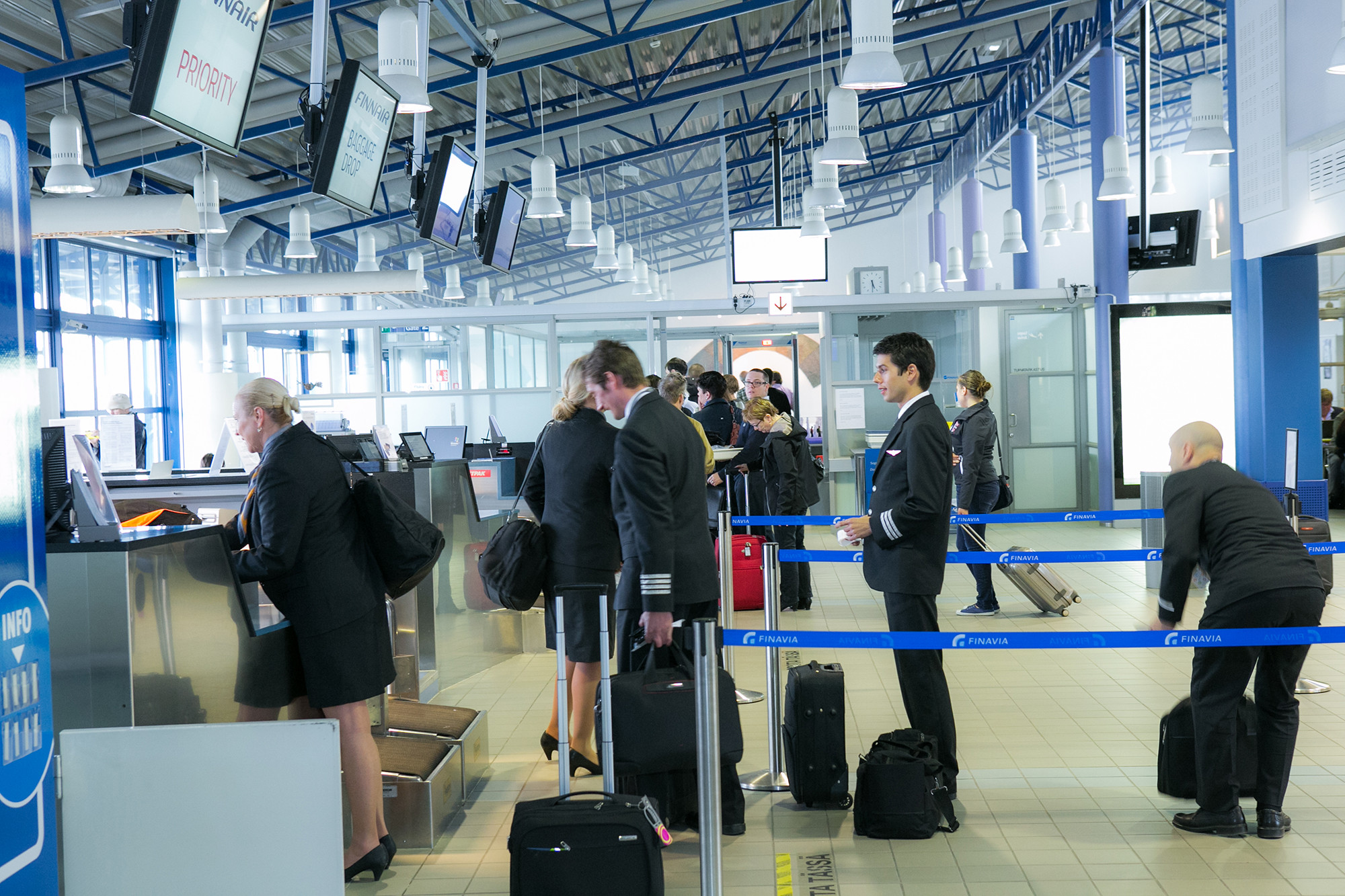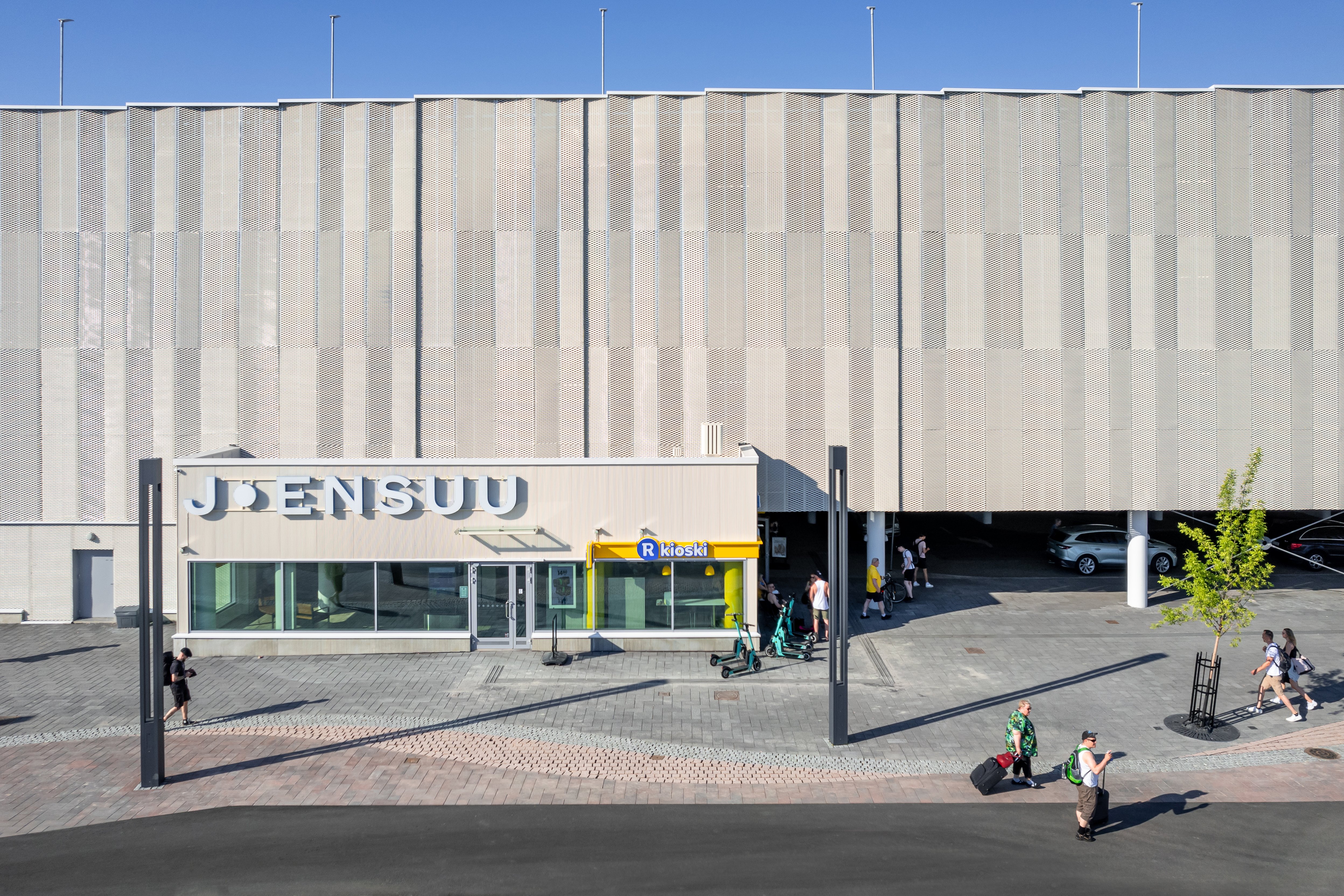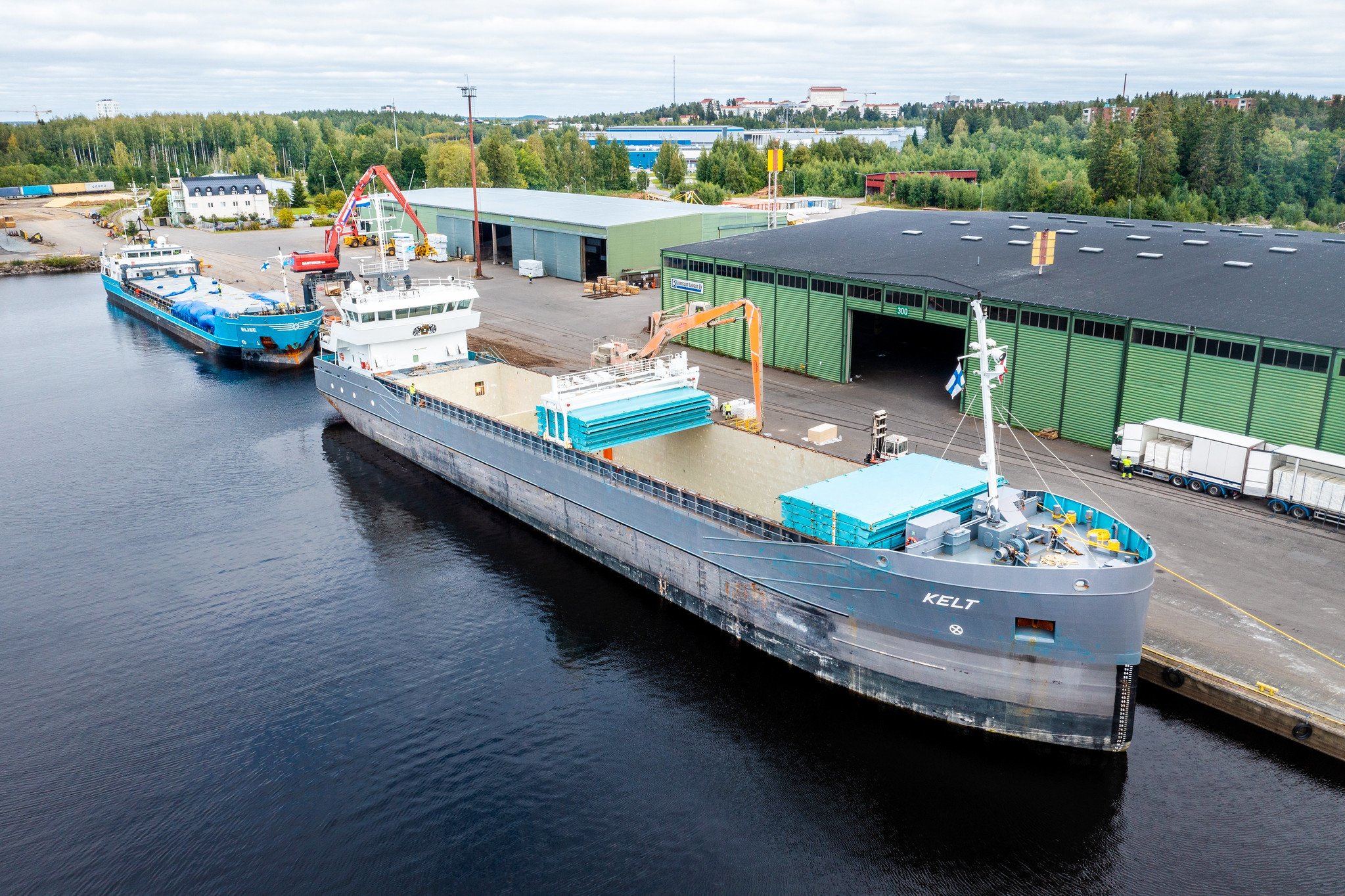Good transport connections in Finland and abroad are vital for international business. Business passengers benefit from daily flights and good rail connections to Helsinki, while freight traffic benefits from excellent rail and water connections.
Flights to and from Joensuu
Joensuu Airport is the departure gate abroad for business travellers. Almost 130,000 passengers travelled through the airport in 2019. Daily flights between Joensuu and Helsinki are operated by Finnair. Joensuu Airport is in Liperi, approximately 11 kilometres from the centre of Joensuu. There are good bus connections from the airport to the centre of Joensuu and back.

Highway connections
The most important roads are highways 6, 9 and 23. Highway 6 goes from Loviisa to Kajaani via Joensuu. Highway 9 goes from Turku to the Niirala border crossing point in Tohmajärvi via Kuopio and Joensuu. Highway 23 runs across the country from Pori to Joensuu via Jyväskylä and Varkaus.
Rail connections
The rail connections to Helsinki are excellent. Six passenger trains run between Joensuu and Helsinki on weekdays, and the fastest travel time is currently approximately four hours. In the near future, the trains will run even faster, as rail investments between Joensuu and Imatra are expected to receive state funding. This reduces travel time from Joensuu to Helsinki by a total of 30 minutes. In the long term, the rail connection between Helsinki, Vantaa, Porvoo and Kouvola developed by the eastern railway project offers opportunities to further reduce travel time.
Freight is transported to the south and west mainly along the Karelian railway. Smaller amounts of freight are also transported towards Oulu. Industrial products, mainly raw wood, are transported along the railway every day. For instance, the Enocell pulp mill, located in Joensuu and owned by Stora Enso Oyj, uses the new railway line opened in 2017, which is faster than transport by sea.

Freight connections
North Karelia's infrastructure is excellent for transporting heavy industry cargo. Freight can be transported on public roads, by rail or by the inland waterways of Saimaa.
EUR 90 million will be invested in the development of the Saimaa Canal by 2024. As a result of the investments, the size of the canal locks will be increased and the water level of the canal will rise from the current level. After this, vessels with a capacity up to 3,200 tonnes can reach the deep-water port in Joensuu. There is also a direct rail connection to the port.
Lake transport offers a low-carbon and environmentally friendly way of handling and transporting heavy cargo. At the moment, mostly cement, poles, sawn timber and pulp are transported from the region.
* Maximum dimensions for cargo vessels: length 93 m, width 12.6 m and draught 4.45 m.



